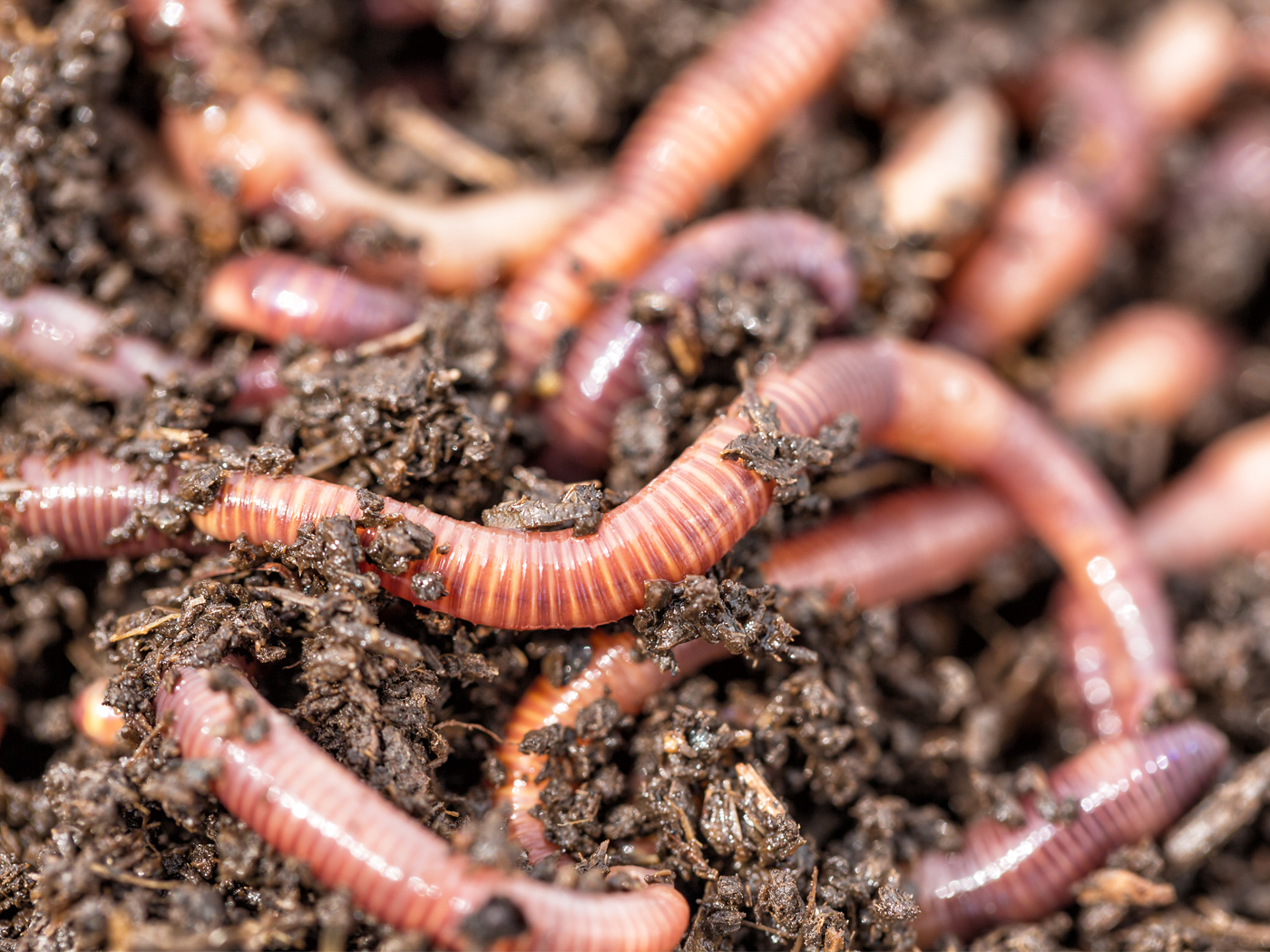Fossils from two giant rhinos dated by evolutionists to be “22 million years old” in the evolutionary timetable have been discovered in China.1 They were much larger than today’s rhinos and stood at over 20 feet, but they were still rhinos. This is true with many large animals found in the fossil record—vertebrate and invertebrate. For example, there are giant water bug fossils from the Crato Formation in northeastern Brazil, the giant ground sloth (Megatherium), and giant crocodile (Deinosuchus) found in ten U.S. states. In all three cases they are simply much larger versions of their animal cousins alive today. Real, vertical evolution is not recorded.
So it is with the rhinoceros.
Evolutionists do not know the origin of the rhinoceroses. They can only suggest that the rhinocerotoids evolved from perissodactyls (an order of odd-toed ungulates) “millions of years ago.” In 2001, Colbert said, “The first known rhinoceroses appear in sediments of Eocene age,” and “it is likely that the earliest rhinoceroses were closely related to the primitive tapirs.”2 Almost two decades later, the evolutionary picture hasn’t changed: “They are believed to have evolved from tapir-like forms.”3
Yet, the fossil record doesn’t have clear answers on how the rhino came to be. The scientists analyzing the giant rhino state, “As one of the largest land mammals, the origin and evolution of the giant rhino Paraceratherium bugtiense in Pakistan have been unclear.”1 Like all animals, the rhino appears complete and fully-formed in the sedimentary rocks. Giant rhinos4 have always been giant rhinos as God created them thousands of years ago. They were buried in the receding stage (Tejas Megasequence) of the Genesis Flood.5
Stage image: Artistic rendering of giant rhinos.
Stage image credit: Yu Chen. Copyright © 2021. Adapted for use in accordance with federal copyright (fair use doctrine) law. Usage by ICR does not imply endorsement of copyright holders.
References
1. Deng, T. et al. 2021. An Oligocene giant rhino provides insights into Paraceratherium evolution. Communications Biology. 4 (639): 1.
2. Colbert, E. et al. 2001. Colbert’s Evolution of the Vertebrates, 5th ed. Wiley-Liss Publishers, 472.
3. Allaby, M. 2020. Dictionary of Zoology. Fifth edition. 532. See also Sherwin, F. 2010. Tapir: Testimony to Creation. Acts & Facts. 39 (1): 15.
4. Fortelius, M. & J. Kappelman. 1993. The largest land mammal ever imagined. Zoology Journal of the Linnean Society. 107: 85–101.
5. Tomkins, J.P. and T. Clarey. 2020. Paleontology Confirms a Late Cenozoic N-Q Flood Boundary. Acts & Facts. 49 (11).
*Dr. Sherwin is Research Associate at the Institute for Creation Research. He earned an M.A. in zoology from the University of Northern Colorado and received an Honorary Doctorate of Science from Pensacola Christian College.
Giant Rhinos Are Still Rhinos
The Latest
55-Million-Year-Old Tree Frog…Is Still a Tree Frog
In the 1990s, Australian paleontologists discovered fossil frog bones during a dig in Murgon, Queensland.1 This new species of frog—Litoria...
Pastor and Longtime ICR Supporter Dr. John MacArthur Now with...
Faithful ICR supporter and pastor Dr. John MacArthur went home to be with the Lord on Monday, July 14, 2025, completing his 86-year pilgrimage.1...
CREATION PODCAST
Setting Sights on Scopes: The Truth Behind the Infamous Monkey...
The Scopes Trial is one of the most famous court cases in American history, and this year marks its one hundredth anniversary. Often,...
Did Earthworms Rewrite Their DNA to Survive on Land?
An earthworm news story was recently posted that openly questions Darwin’s gradual and slow evolutionary progress in the living world.1...
Mysterious Erosion Confirms High Flood Boundary
Two separate research reports arrived at a similar conclusion.1,2 Both found an episode of mysterious erosion had occurred near the end of...
A Uniquely Designed Air-Filled Sac Within Birds’ Lungs
Soaring birds are a majestic sight to behold, especially when they undergo such climbing and endless spiraling so effortlessly. Not surprisingly, evolutionists...
Liberty and the Word of God
“And I will walk at liberty: for I seek thy precepts” (Psalm 119:45).
July 4th is called Independence Day here in our country because on...
July 2025 ICR Wallpaper
"These things I have spoken to you, that in Me you may have peace. In the world you will have tribulation; but be of good cheer, I have overcome...
Valued Longtime ICR Employee Mary Smith Retires
Mary Morris Smith, an employee of the Institute for Creation Research for many years, has retired. The second daughter of ICR founder Dr. Henry M. Morris...
Man of Science, Man of God: George Washington Carver
Who: George Washington Carver
What: Father of Modern Agriculture
When: 1864 or 1865 – January 5, 1943
Where: Diamond Grove,...













